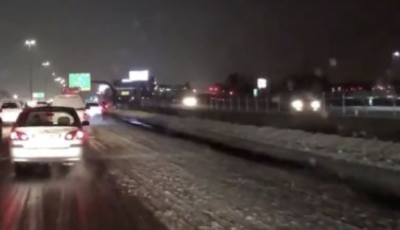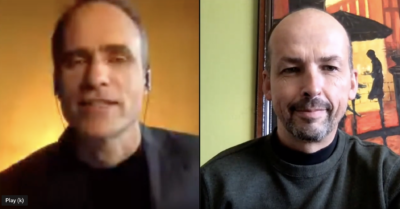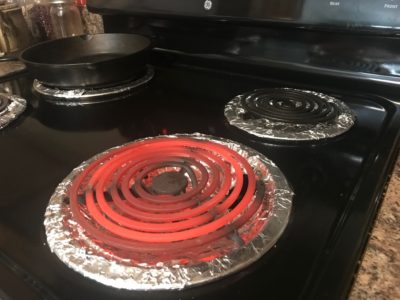
Heat. High heat.
Heat can be painful. Nobody likes to be burned by the kitchen stove, or the spattering from the fry pan. Heat can also grow things. Like the sun heat that brings seeds forth from spring ground, and delights us with a patch of radishes later in the summer.
In the online class of The Circle Way, it’s my co-convener and friend Amanda Fenton that shared, “The higher the heat of the meeting (or topic, or issue), the more circle components that are needed.”
I always love this orientation. Amanda is one who lives circle as much as anyone that I know. And she’s naming a difference, both in types of environment (everything from a casual exploration in which everyone knows they get a chance to speak, to conflict laden historical issues in which you’re not sure anyone will speak, nor if there will be anything more than tensions lobbed at individuals), and in skills of the people (from those who resist methodology to those that know circle in their bones, and are ready to sit for hours).
Circle is a container. Or as one recent participant in the same online class shared, a nest. I often find myself saying that circle is, on the one hand, a methodology (a convening tool, an important skill), and on the other hand, a way of being (an irrepressible commitment to a form that knits and makes connection visible).
“Heat,” I would add, is not a failure, as if you / we have done something wrong. Heat, rather, is inevitable. Because we live in times in which we are perhaps defined not by the difficulty that we avoid, but rather, by the ability we have to learn with integrity, together, in any of the heat that comes with living in these transforming times.
Heat comes from conflict. Or tension. Or disagreement. Or hurt feelings. Or intensity. Or deadlines. Or complexity. Ability to be skillful in the heat grows with application of circle. It’s the components that Amanda and I speak to in the class. For example, having principles in place that remind us to rely on wholeness (funny, my auto correct function in this editor just changed “rely” to “relay” — relay wholeness ain’t bad either). Or it’s having practices in place that remind us to listen with attention, because, such a practice is lifelong and for all of us. Or, it’s other components from the comments wheel, that are long-tested and lived as ways that help with the heat.
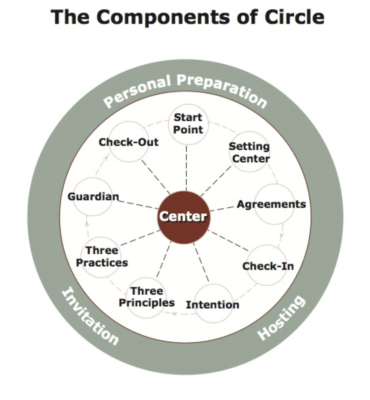
I’m glad for these components that give me courage, or sometimes, less fear. I’m also glad for 20 years worth of learning circle that have helped me to be in many heated places, with some inclination of what might help us not just reduce fear, but welcome the unique gift of heat.

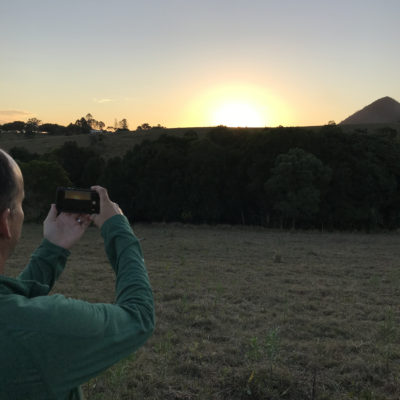 Photo by Amanda Fenton
Photo by Amanda Fenton